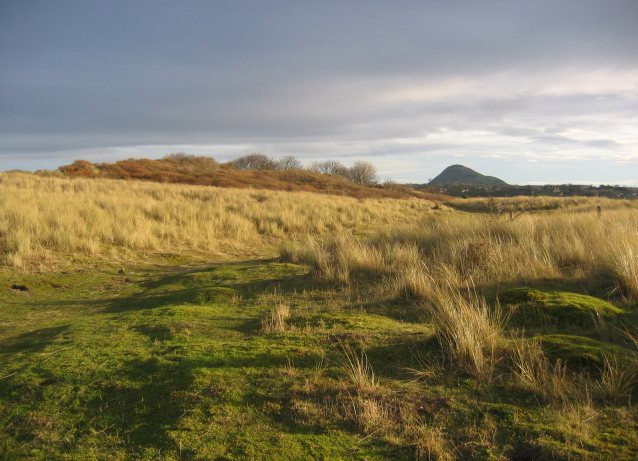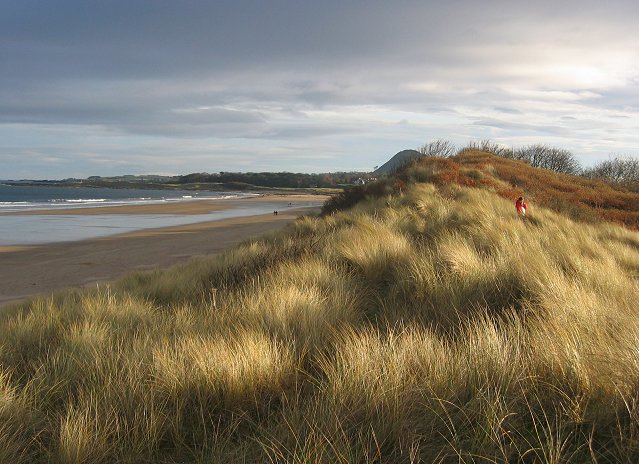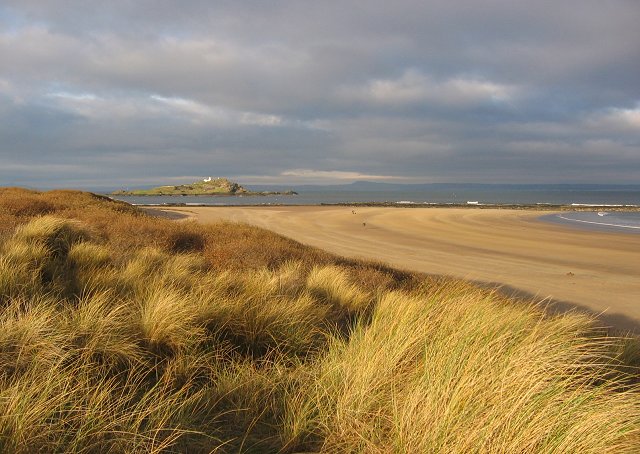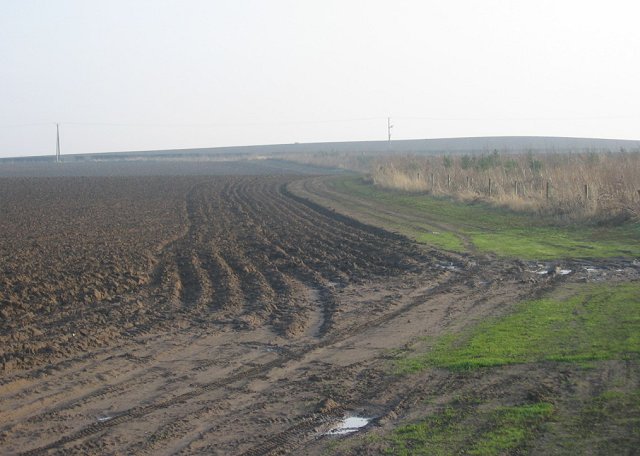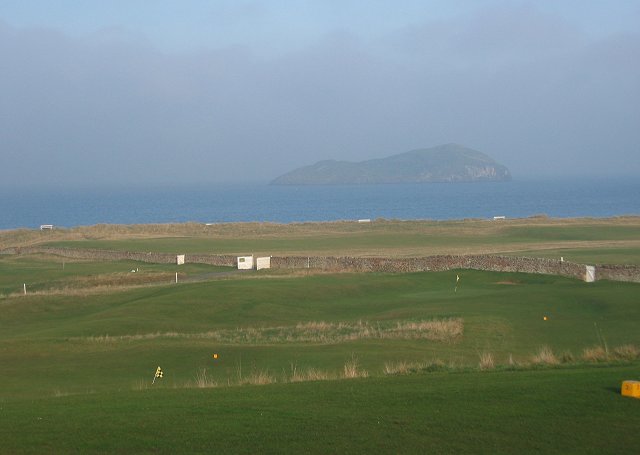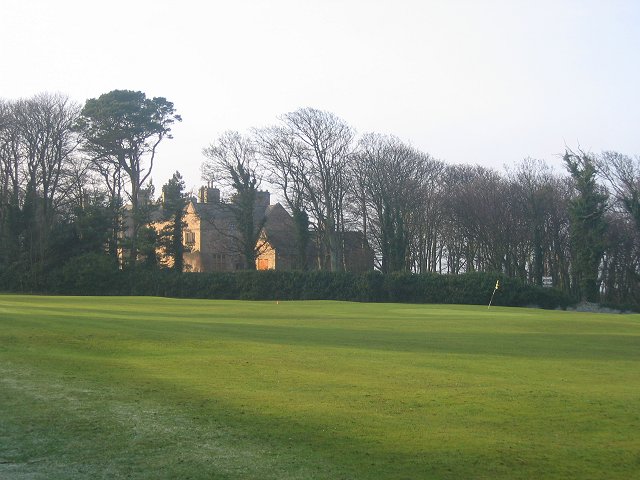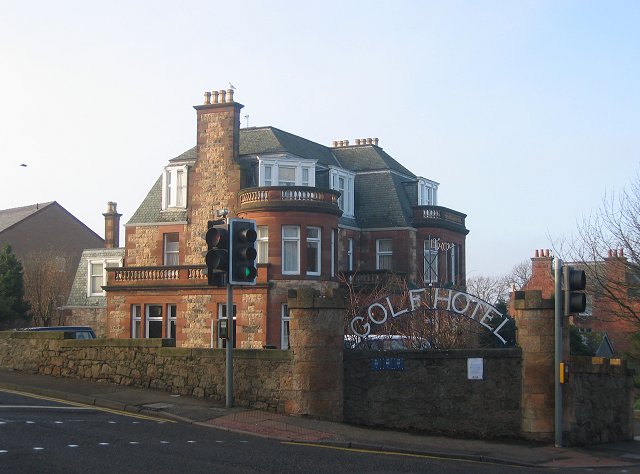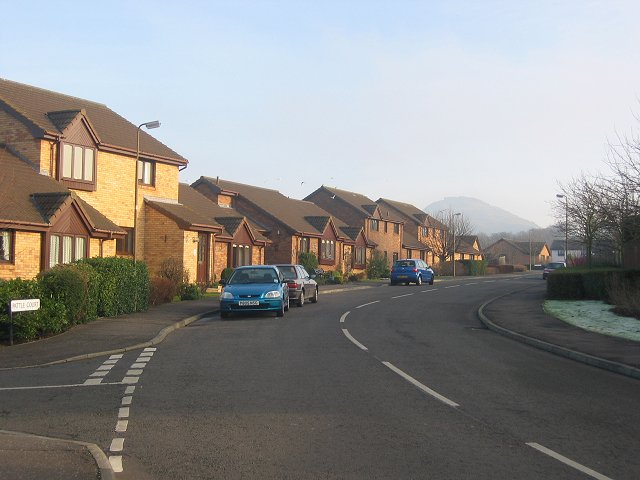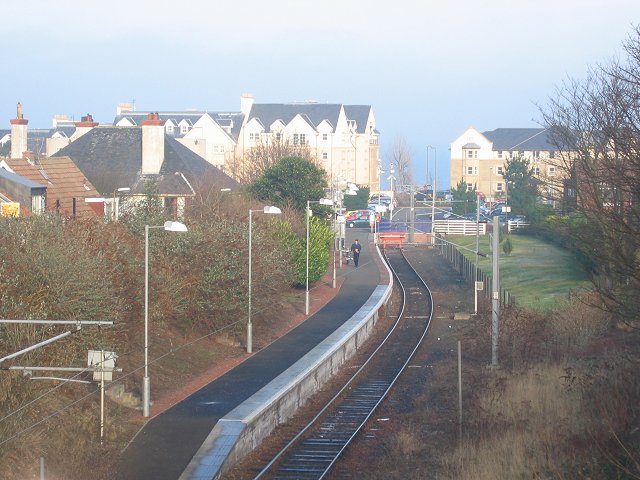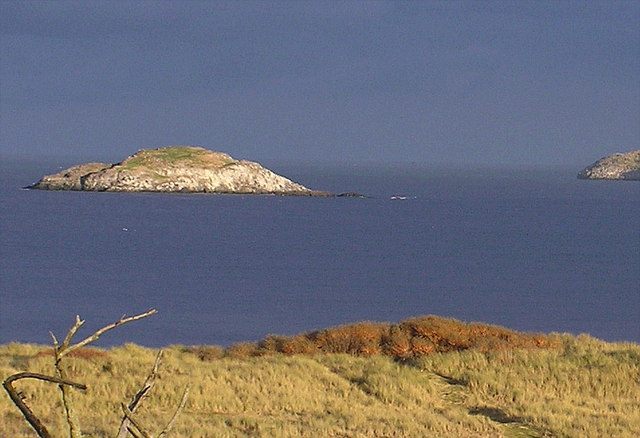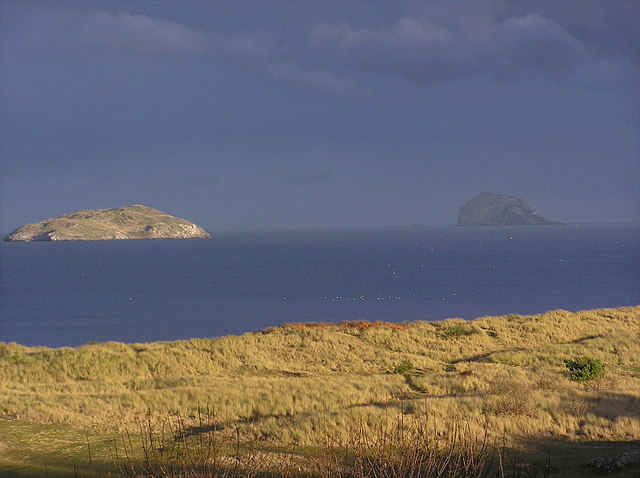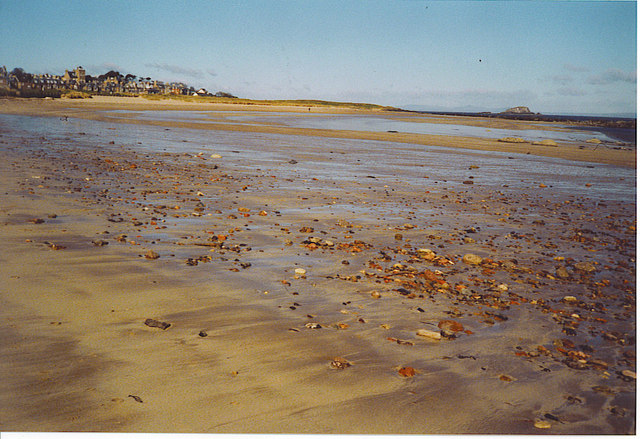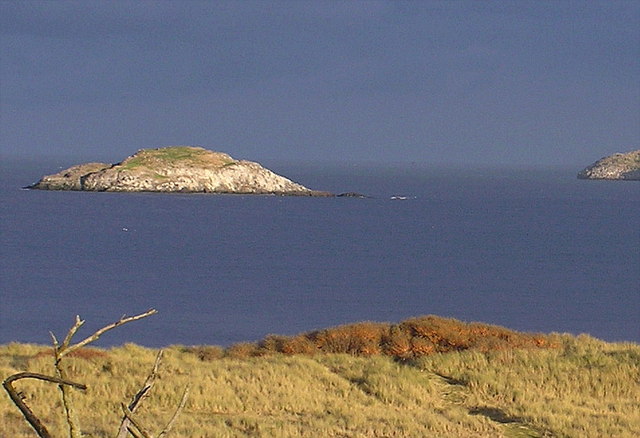North Dog
Island in East Lothian
Scotland
North Dog
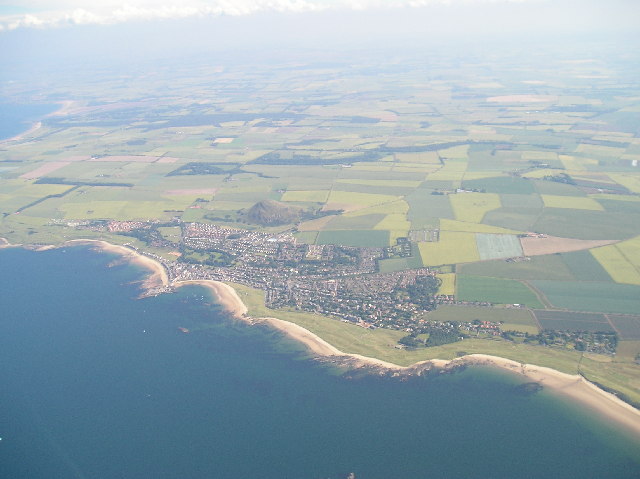
North Dog is a small island located off the coast of East Lothian, Scotland. It lies in the North Sea, approximately 4 kilometers northeast of the town of Dunbar. The island is part of the Firth of Forth and is situated within the boundaries of the John Muir Country Park.
North Dog covers an area of about 8 hectares and is mostly comprised of rugged coastal terrain. It is known for its rocky cliffs and diverse bird populations, making it a popular spot for birdwatching and wildlife enthusiasts. The island is home to various species, including seabirds such as puffins, guillemots, and razorbills.
Access to North Dog is limited due to its status as a nature reserve. Visitors are required to obtain permission from the appropriate authorities before landing on the island. This is done to protect the delicate ecosystem and ensure the preservation of its natural inhabitants.
The island's isolation and untouched beauty make it an ideal location for those seeking tranquility and a close-to-nature experience. The surrounding waters offer opportunities for fishing and boating, with some organized tours available for visitors.
Overall, North Dog Island is an ecologically significant area within East Lothian, offering a unique and unspoiled environment for wildlife and nature enthusiasts to explore and appreciate.
If you have any feedback on the listing, please let us know in the comments section below.
North Dog Images
Images are sourced within 2km of 56.070522/-2.748586 or Grid Reference NT5386. Thanks to Geograph Open Source API. All images are credited.
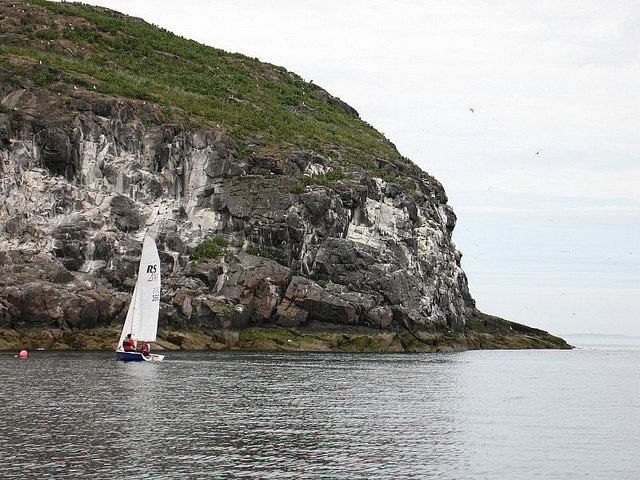



North Dog is located at Grid Ref: NT5386 (Lat: 56.070522, Lng: -2.748586)
Unitary Authority: East Lothian
Police Authority: The Lothians and Scottish Borders
What 3 Words
///respond.fabric.head. Near North Berwick, East Lothian
Nearby Locations
Related Wikis
Lamb (island)
Lamb, sometimes called Lamb Island or The Lamb, is a small uninhabited island measuring approximately 100 by 50 metres (330 ft × 160 ft), between the islands...
North Berwick West Links
One of two golf courses within North Berwick, the West Links is by far the more renowned. It regularly holds various championships and is used as a qualifying...
Yellowcraig
Yellowcraig, also known as Broad Sands Beach, is a coastal area of forest, beach and grassland in East Lothian, south-east Scotland. Yellowcraig is partly...
Craigleith
Craigleith (Scottish Gaelic: Creag Lìte) is a small island in the Firth of Forth off North Berwick in East Lothian, Scotland. Its name comes from the Scottish...
Nearby Amenities
Located within 500m of 56.070522,-2.748586Have you been to North Dog?
Leave your review of North Dog below (or comments, questions and feedback).
